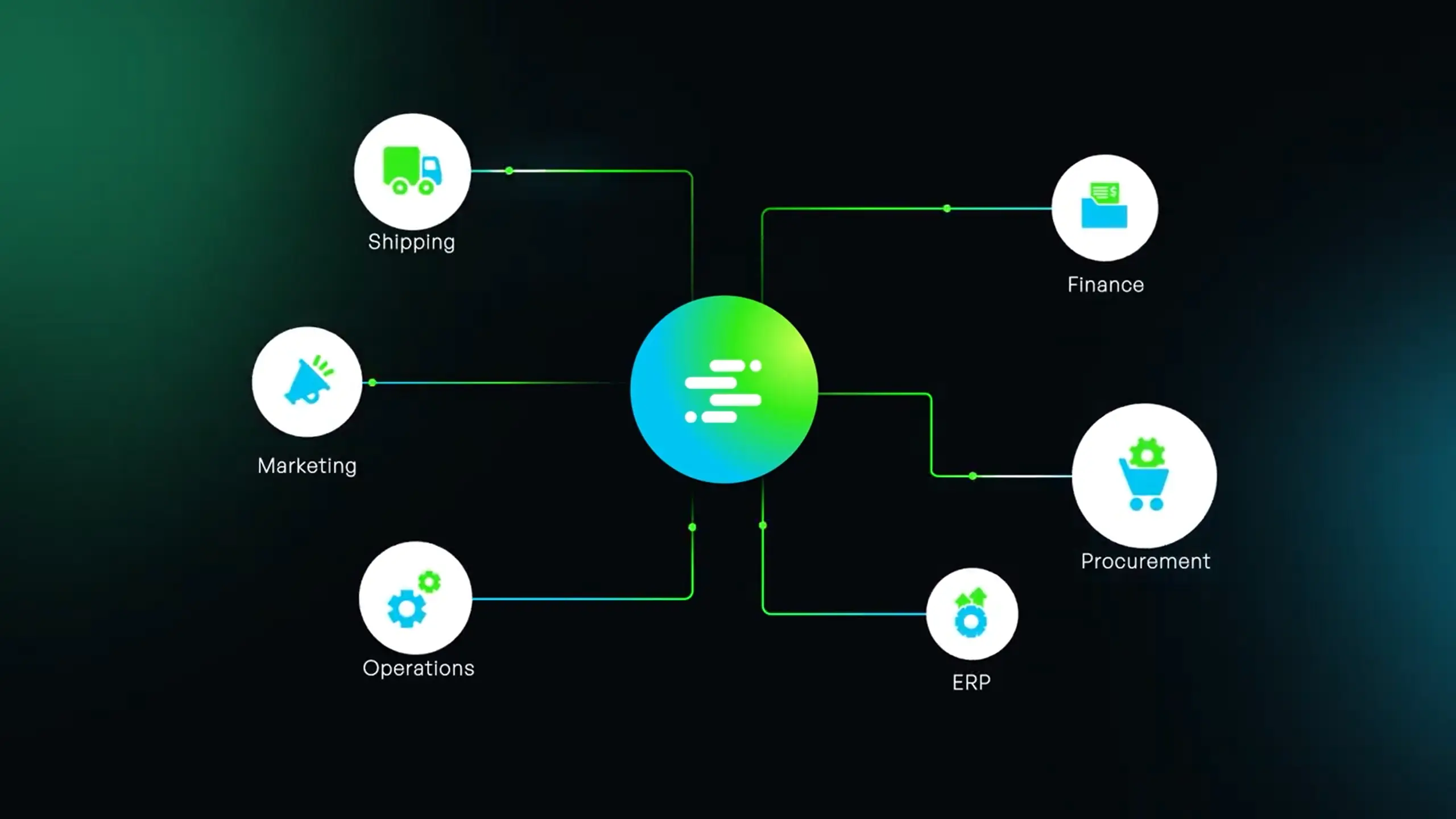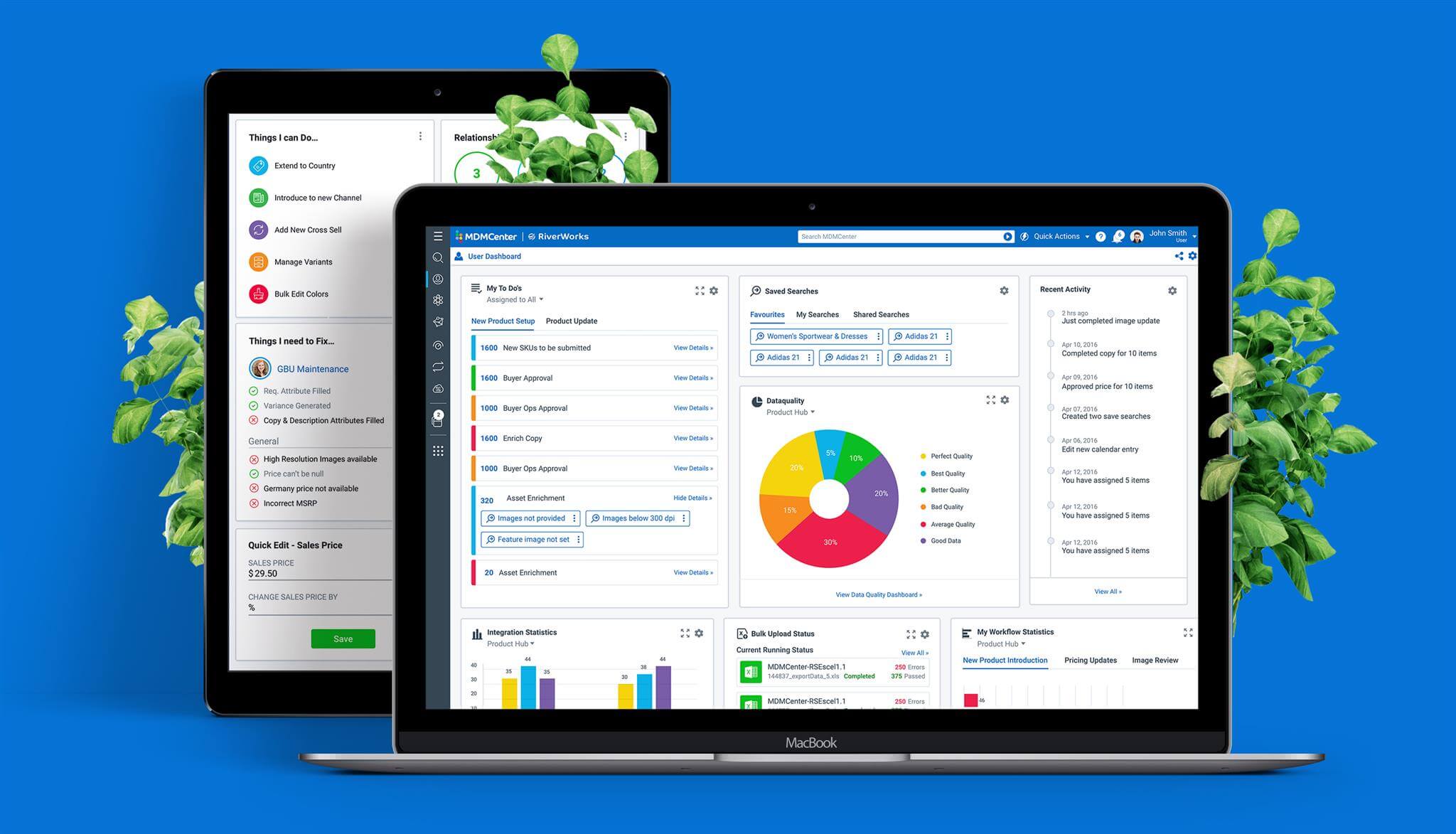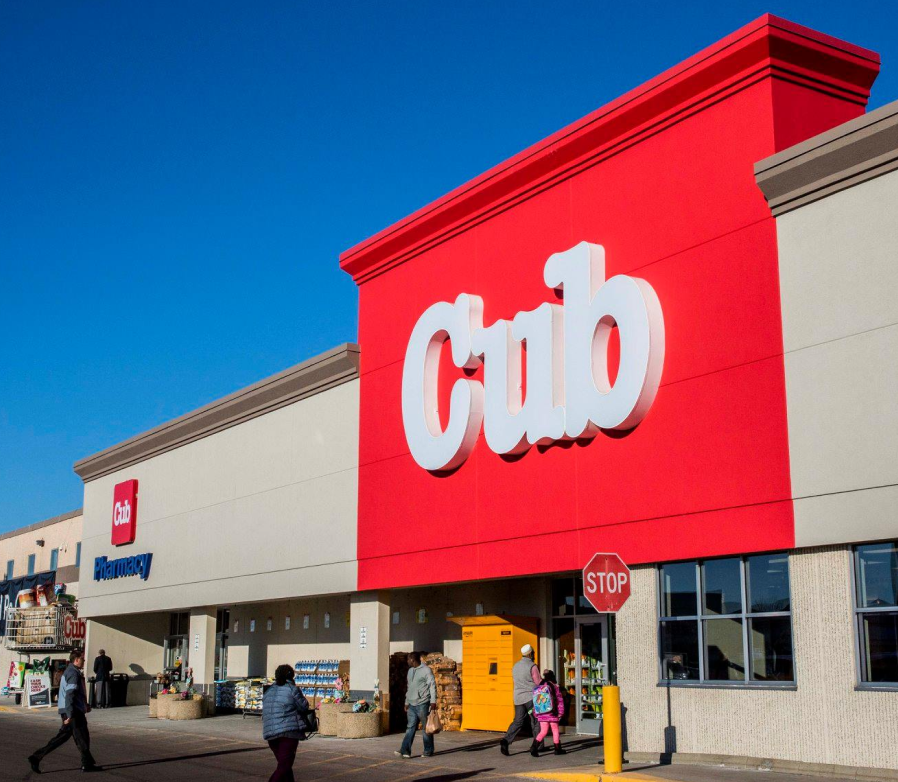The explosion of data has accelerated digital commerce. Consumers now expect rich product experiences to make informed purchasing decisions. And enterprises leverage data insights to drive better business decisions.
However, the rapid pace of digital commerce also causes many businesses to struggle, exposing gaps in their approach to data management.
We discussed this phenomenon in our recent article on the Commerce Growth Loop. Rather than addressing data management in silos, Gartner tells us that “the complex product content life cycle is increasingly being understood as an end-to-end process.” This process, which happens repeatedly, can be seen as a closed loop.
Our first post covered the five steps required to address a company’s end-to-end commerce needs. Today, we’re unpacking the first step — Create — and discussing how Syndigo and Riversand deliver a single commerce ecosystem to close the loop and deliver continual improvement.
Understanding the Four Types of Content
First, it’s important to understand the types of content you need to be successful in digital commerce. As you grow your product offerings, rich content will not only serve your customers and retailers, it will also provide better analytics to make more informed decisions.
There are four main types of content for digital commerce:
- Core Content. This is the foundational information like product descriptions, weights and dimensions, label images, feature sets (such as colors or flavors), and SEO attributes. Sometimes, retailers also require certain types of attributes based on the product category.
- Enhanced Content. This “rich media” includes many types of content, from videos and image galleries to interactive tours to 360-degree spins. Enhanced content might exist front and center as hero product images, or below the fold as you scroll down a product page. Syndigo provides a variety of widgets and templates with the ability for clients to author this content within our platform.
- GDSN Content. In many cases, you will need data on weights, measures, palletization, storage, shipping temperatures, HAZMAT data, and other logistical or supply chain information, formatted in a specific way. Syndigo is the second largest GDSN data pool in the world, covering both brands and manufacturers as well as food service recipients and retailers. We have an entire suite of GDSN capabilities.
- Nutrition Content. Food items require a unique data set that includes ingredients, recipes, diet, and allergen claims. Syndigo maintains certified nutritionists on staff to ensure products meet FDA compliant claims and filters that can categorize products on a digital shelve around a diet type or other groupings.
Why is Data Creation Critical to Commerce Success?
A recent report from Gartner states that “retailers and distributors turn to brands and manufacturers for detailed, consistent product information to populate digital channels, but these organizations struggle to gather, disseminate, and optimize the information customers need in a timely fashion.”
In other words, the online product experience is critical — and you can’t deliver all this content without getting the data into a platform first. That makes “Create” a critical first step.
When you create data, you consolidate all accurate and validated product content into one centralized database.
Centralization comes with several key benefits, including:
- Removing data silos, which increases data transparency.
- Accelerating speed to market by making it easier to manage content from a single source of truth.
- Increasing sales by providing rich and dynamic content for your customer.
While the benefits of creating data into an integrated platform are clear, organizations struggle to pull in content and assets from a wide variety of sources. Riversand and Syndigo help companies overcome these barriers with three options for a streamlined process.
Three Ways to Approach Creation
When it comes to data Creation, every enterprise has different needs. There are three core ways Syndigo and Riversand approach the Create step in the growth cycle:
- Content Creation and Data Entry as a Service. This full-service approach lets you rest easy, knowing your content is created to spec and your data entry is clean. Some retailers won’t accept brand-created content. They require Syndigo created and verified content to flow into their systems. This helps the retailer maintain consistency of data across their site. Our service handles content creation for all four types of content.
- Data Entry as a Service. This approach takes brand-created content and handles all data Creation. We ensure your data is clean and correct, whether we bring it in via bulk uploads or as one-off entries when new products are deployed.
- Self-Service Data Entry. This approach allows brands to load their content directly into the database. Data gets entered through a self-service user interface, bulk uploads through our APIs, or file uploads.
Finding the Right Approach
In bringing together Syndigo and Riversand, enterprises can benefit from a single commerce ecosystem encompassing the leaders in multi-domain Master Data Management (MDM), Product Information Management (PIM), Digital Asset Management (DAM), Syndication, Enhanced Content, and Digital Shelf Analytics (DAS).
Why does this matter? Gartner explains that “Master data is a ‘hygiene’ factor — meaning it must be available and trustworthy, but on its own, it isn’t sufficient for a customer to complete their purchase journey.”
Throughout this five-part series, we’ll provide tips and best practices for implementing an end-to-end commerce strategy.
To learn more about Syndigo and Riversand’s strength in the market, contact us today.
















 Don't miss out! Subscribe to our blog for updates.
Don't miss out! Subscribe to our blog for updates.